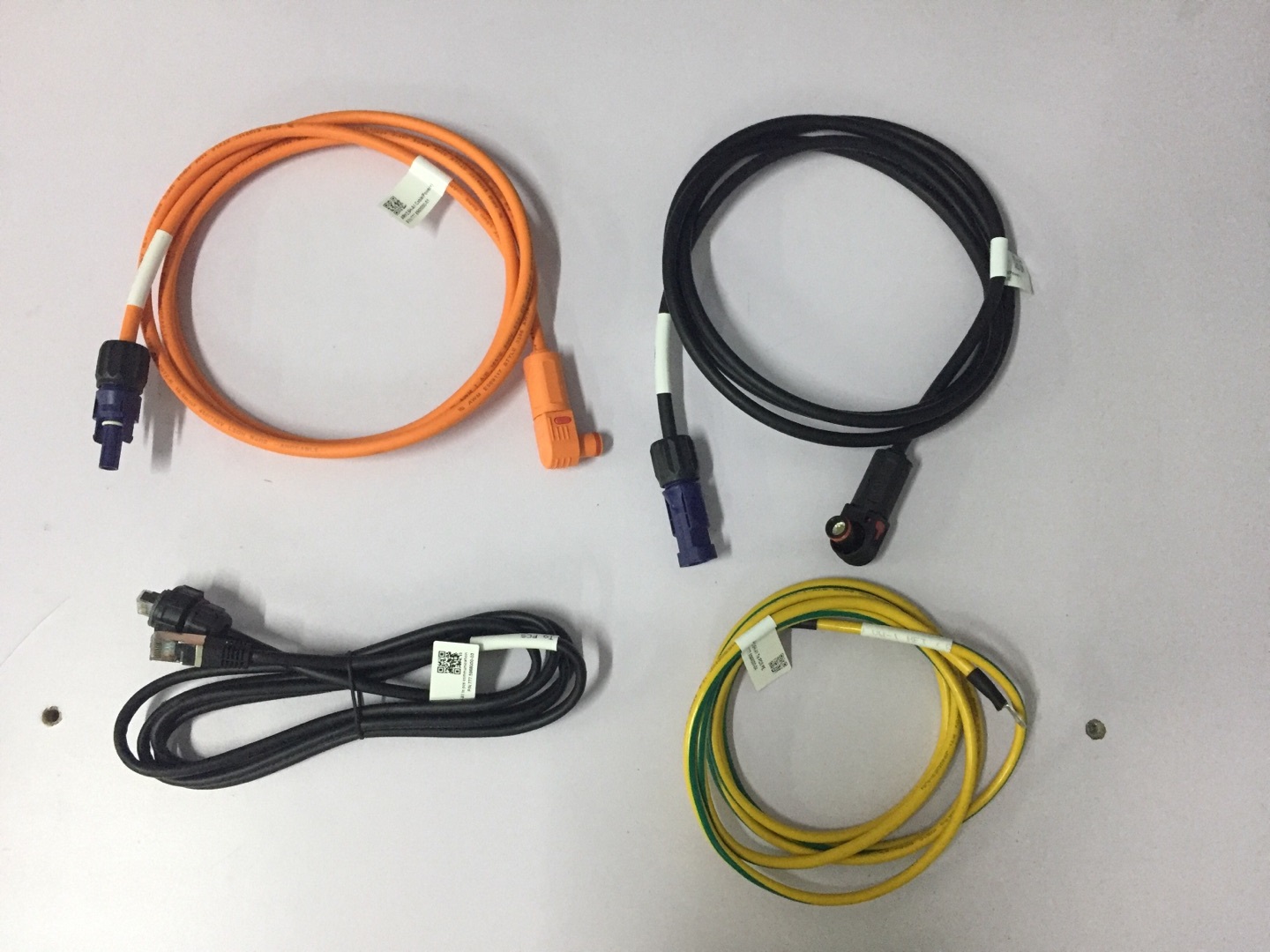

Articles
What Do I Need For An Electrical Cord ARK
Modified: January 6, 2024
Discover the essential articles you need to create a safe and functional electrical cord ark. Get tips and insights on selecting the right tools and equipment for your project.
(Many of the links in this article redirect to a specific reviewed product. Your purchase of these products through affiliate links helps to generate commission for Storables.com, at no extra cost. Learn more)
Introduction
When it comes to setting up an electrical cord ark, it’s important to have the right equipment to ensure both safety and functionality. Whether you’re a DIY enthusiast or a professional electrician, having the proper electrical cord is crucial for powering your tools and equipment efficiently.
In this article, we will explore the key factors to consider when selecting an electrical cord for your cord ark. From the type of cord to its length, gauge, insulation, and safety features, we will cover everything you need to know to make an informed decision.
By the end of this article, you’ll have a clear understanding of what you need for an electrical cord ark and be well-equipped to choose the right cord for your specific needs. Let’s dive in!
Key Takeaways:
- Choose the right electrical cord type, length, gauge, insulation, and safety features to ensure a safe and efficient power supply for your cord ark, meeting specific project needs and environmental demands.
- Prioritize safety and functionality by considering specialized usage requirements and industry standards when selecting electrical cords for your cord ark. Regular inspection and maintenance are crucial for ongoing performance and safety.
Read more: What Electrical Cord Do I Need For My RV
Electrical Cord Type
When it comes to electrical cords, there are different types available to suit various applications and environments. The type of cord you choose will depend on factors such as the voltage, the level of flexibility required, and the specific use case.
One of the most common types of electrical cords is the standard extension cord. These cords are typically used for household applications and are often made of vinyl or rubber insulation. They come in various lengths and gauges to accommodate different power requirements.
For more heavy-duty applications, you may need a specialized cord such as a generator cord or a welding cord. These cords are designed to handle higher voltages and amp loads. They are typically made of thicker, more durable insulation materials to withstand harsh conditions.
If you’re working in an outdoor or wet environment, it’s essential to choose a cord with appropriate waterproof and weather-resistant features. Look for cords with a “W” or “WR” rating, indicating that they are designed to withstand exposure to moisture.
Additionally, there are specialty cords available for specific applications, such as hospital-grade cords used in healthcare facilities or cords with built-in surge protection for sensitive electronic equipment. Consider the specific needs of your project when selecting the appropriate electrical cord type.
By understanding the different types of electrical cords available, you can choose the one that best suits your needs in terms of voltage, flexibility, and environmental conditions. This ensures that your electrical cord ark is properly equipped to handle the demands of your project.
Cord Length
The length of the electrical cord is an important factor to consider when setting up a cord ark. It is crucial to choose a cord that provides sufficient length to reach the intended power source without causing any strain or limitations on your workspace.
When determining the ideal cord length, consider the distance from the power source to the equipment you need to power. Measure the distance accurately to ensure you select a cord that is long enough to reach without stretching or straining.
It’s always better to choose a longer cord than necessary, as it can provide flexibility in terms of where you can position your equipment. However, be mindful that longer cords may result in voltage drop, especially if you’re dealing with long distances or higher power demands.
A general rule of thumb is to select a cord that is no longer than what you actually need. If you have a shorter distance to cover, opt for a shorter cord to minimize any potential voltage drop.
Keep in mind that longer cords also increase the risk of tripping hazards and potential damage. If you’re working in a high-traffic area or on a busy job site, shorter cords are recommended to reduce the risk of accidents.
It’s also worth considering the storage and portability of the cord. If you need to transport and store the cord frequently, a shorter length might be more practical and convenient.
In summary, choose an electrical cord length that provides enough reach to connect your equipment to a power source comfortably. Balancing functionality, convenience, and safety considerations will ensure that the cord you select adequately meets your needs for your cord ark.
Gauge/Amperage Rating
The gauge or wire thickness of an electrical cord is directly related to its amperage rating. The amperage rating indicates the amount of electrical current the cord can safely handle without overheating or causing damage.
Choosing the correct gauge for your cord is crucial to prevent overloading and potential hazards. As a general rule, the higher the amperage rating of your equipment, the thicker the cord gauge should be.
Common gauge sizes for electrical cords range from 18 to 10, with smaller numbers indicating thicker wire. For lighter loads and small appliances, a cord with a higher gauge, such as 18 or 16, may suffice. However, for larger appliances or high-power tools, a lower gauge cord, such as 12 or 10, is recommended to handle the higher amperage.
When determining the appropriate gauge for your electrical cord ark, check the amperage rating of your equipment or appliances. This information can usually be found on the product label or in the user manual. If the amperage rating exceeds the capacity of the cord, it can lead to overheating, melting, and potential fire hazards.
It’s essential to choose a cord with the appropriate amperage rating that matches or exceeds the requirements of your equipment. If in doubt, opt for a cord with a higher amperage rating to ensure safety and prevent any risk of overloading.
Keep in mind that longer cords may require lower gauge sizes to minimize voltage drop. Consult a wire ampacity table or consult with a qualified electrician if you’re unsure about the appropriate gauge for your specific needs.
By selecting an electrical cord with the correct gauge and amperage rating, you can ensure that your cord ark is equipped to handle the electrical demands of your equipment or appliances safely and reliably.
Insulation and Durability
Insulation and durability are critical factors to consider when choosing an electrical cord for your cord ark. The insulation material used in the cord provides protection against electrical shock, abrasion, and damage, while the overall durability ensures a long-lasting and reliable cord.
Two of the most commonly used insulation materials for electrical cords are rubber and vinyl. Rubber insulation is known for its flexibility, resistance to extreme temperatures, and durability. It is ideal for outdoor and heavy-duty applications, where the cord may be exposed to rough conditions or harsh environments.
Vinyl insulation, on the other hand, offers good flexibility and resistance to moisture, making it suitable for both indoor and outdoor use. It is generally more affordable than rubber insulation and can adequately handle most household and light to moderate-duty applications.
When selecting an electrical cord for your cord ark, consider the type of environment it will be used in. If you anticipate exposure to moisture, chemicals, or extreme temperatures, opt for a cord with robust insulation, such as rubber, to ensure long-term performance and safety.
Additionally, pay attention to the overall durability of the cord. Look for cords that are designed to withstand frequent use, abrasion, and bending without compromising their integrity. Reinforced strain relief at both ends of the cord can provide extra protection to prevent fraying or wire exposure.
Consider the specific demands of your project when weighing insulation and durability factors. If you’re working in a construction site or an industrial setting, a cord with heavy-duty insulation and excellent durability is essential to withstand the rigors of the job.
By selecting an electrical cord with proper insulation and durability, you can ensure the safety of both yourself and your equipment while maintaining reliable power connections in your cord ark.
When setting up an electrical cord ark, make sure to have the necessary materials on hand, including a power strip, extension cords, cable organizers, and surge protectors to keep your cords organized and safe.
Plug and Connector Type
Choosing the right plug and connector type is crucial for ensuring compatibility and safe electrical connections in your cord ark. The plug refers to the end of the cord that connects to the power source, while the connector is the end that attaches to your equipment or appliance.
Standard plugs and connectors are typically designed to match the specific electrical outlets in your region. Common plug types include the NEMA 5-15P (standard 3-prong plug in North America), the IEC 60309 (industrial plug used in Europe), and the BS 1363 (standard 3-pin plug used in the United Kingdom).
Make sure to select a plug that matches the electrical outlet you’ll be connecting to. Using incompatible plugs can result in improper connections, electrical shocks, and equipment damage.
In addition to the plug and connector type, you may also want to consider other features such as twist-lock connectors or locking mechanisms. These types of connectors provide a secure and tight connection, preventing accidental disconnections that could lead to power interruptions or equipment damage.
Another important consideration is the power capacity or amp rating of the plug and connector. Ensure that the plug and connector can handle the amperage required by your equipment or appliances. This information can typically be found on the product label or in the user manual.
If you’re working with specialized equipment or appliances, there may be specific plug and connector types that are recommended or required. Ensure that you adhere to any manufacturer recommendations or industry standards to maintain safety and compatibility.
By selecting the appropriate plug and connector type for your cord ark, you can ensure proper electrical connections and compatibility with your power source and equipment. This ensures the efficient and safe operation of your cord ark and minimizes the risk of electrical hazards.
Safety Features
When it comes to electrical cords, safety should always be a top priority. Selecting a cord with built-in safety features can help prevent potential accidents and ensure maximum protection for both yourself and your equipment in your cord ark.
One essential safety feature to look for is a grounded plug. Grounding provides an extra layer of protection by directing any excess electrical current away from you and your equipment and into the ground. Grounded plugs typically have three prongs and are designed to connect to grounded outlets.
Another important safety feature is the presence of strain relief. Strain relief prevents excessive tension or pulling on the cord near the connection points, reducing the risk of wire damage or fraying. Look for cords with reinforced strain relief at both ends to enhance the durability and longevity of the cord.
Some electrical cords also come with surge protection capabilities. Surge protection helps safeguard your equipment from sudden power surges or spikes that could cause damage. This is especially beneficial for sensitive electronics or valuable equipment where consistent power supply is crucial.
Additionally, cords with built-in thermal overload protection can be highly advantageous. This feature automatically shuts off the power supply to prevent overheating and potential fire hazards if the cord detects excessive heat or current overload.
Some cords also feature indicator lights to indicate if they are properly connected and receiving power. This can be helpful in quickly identifying any issues or connectivity problems.
Consider the specific safety needs of your cord ark and the nature of your work when choosing an electrical cord. If you’re working in high-risk environments or with high-power equipment, investing in cords with additional safety features is a wise choice.
Remember to inspect your electrical cords regularly for any signs of wear, damage, or fraying. It’s important to replace any cords that show signs of deterioration to maintain optimal safety standards.
By selecting an electrical cord with appropriate safety features, you can ensure a secure and risk-free environment in your cord ark, minimizing the chances of electrical accidents and ensuring the longevity of your equipment.
Specialized Usage Considerations
When setting up a cord ark, it’s important to take into account any specialized usage considerations that may arise based on your specific needs or the nature of your projects. These considerations can help ensure that your electrical cords are suited for the specific requirements of your work environment.
If you’re working in an outdoor or wet environment, such as a construction site or a garden, it’s crucial to choose electrical cords that are designed specifically for outdoor use. Look for cords that are rated for outdoor use and have proper insulation and protection against moisture and weather conditions.
In some cases, you may require cords with high-visibility features. These cords often come in bright colors or have reflective strips that increase visibility in low-light settings or busy job sites. High-visibility cords can help prevent tripping hazards or accidental damage.
For specialized applications such as welding or high-amperage equipment, consider using cords specifically designed for those purposes. Welding cords, for example, are built to handle the high amperage and heat associated with welding machines.
Consider the flexibility needs of your projects as well. Some tasks may require cords that are more flexible to navigate through tight spaces or around obstacles. Look for cords with high-strand count conductors or those labeled as “flexible” or “extra-flexible”.
If you’re working in an environment with potential electrical interference, such as a hospital or laboratory, you may need cords with shielding or noise reduction features. These cords help minimize electromagnetic interference and ensure accurate readings or smooth operation.
Additionally, consider any specific regulations or industry standards that may apply to your work. Certain industries, such as construction or healthcare, may have guidelines or requirements for the types of electrical cords used. Adhering to these regulations is critical for maintaining safety and compliance.
By taking into account specialized usage considerations, you can ensure that your cord ark is equipped with the appropriate electrical cords to meet the demands of your projects while complying with safety standards and regulatory requirements.
Conclusion
When setting up an electrical cord ark, having the right equipment is essential for ensuring both functionality and safety. By considering various factors such as the type of cord, length, gauge, insulation, plug and connector type, safety features, and specialized usage considerations, you can make an informed decision and select the appropriate electrical cords for your needs.
Choosing the correct electrical cord type ensures compatibility with your power source and the intended use of your equipment. The cord length should be sufficient to reach the power source without strain or limitations. The gauge or amperage rating of the cord should be in line with the electrical load requirements to prevent overloading. Insulation and durability play a crucial role in protecting against electrical shock and maintaining the longevity of the cord.
Considering the plug and connector type is essential for proper electrical connections and compatibility. Safety features such as grounding, strain relief, surge protection, thermal overload protection, and indicator lights provide added protection and peace of mind. Specialized usage considerations, such as outdoor use, high-visibility needs, and industry-specific requirements, ensure that the cords are suited for specific work environments.
In conclusion, by thoroughly evaluating and selecting the right electrical cords for your cord ark, you can ensure a safe and efficient power supply for your equipment. Prioritizing safety and functionality will contribute to a productive and risk-free work environment. Regularly inspecting and maintaining your electrical cords is also crucial to ensure their ongoing performance and safety.
Remember, when it comes to electrical cords, it is always better to invest in high-quality and reliable options to ensure optimal performance and minimize potential hazards. By making informed choices and prioritizing safety, you can create a well-equipped cord ark that meets your power needs effectively and reliably for all your projects.
Frequently Asked Questions about What Do I Need For An Electrical Cord ARK
Was this page helpful?
At Storables.com, we guarantee accurate and reliable information. Our content, validated by Expert Board Contributors, is crafted following stringent Editorial Policies. We're committed to providing you with well-researched, expert-backed insights for all your informational needs.
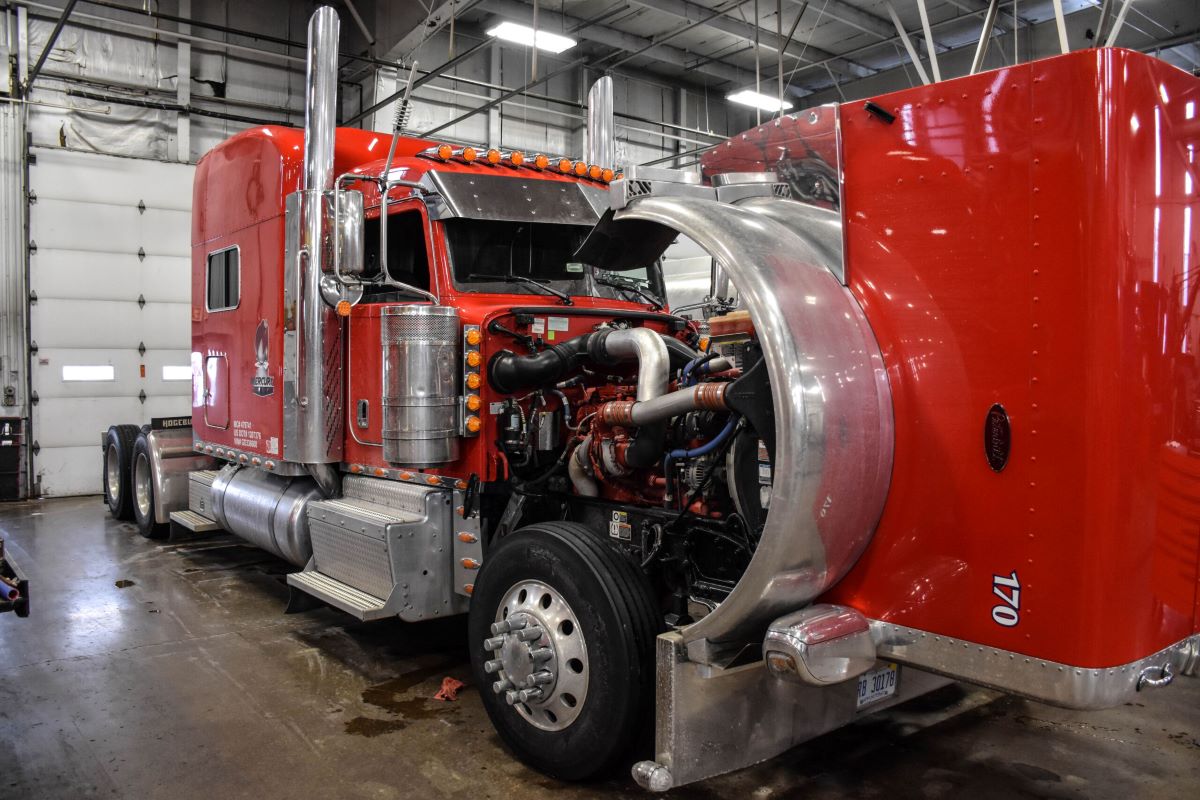
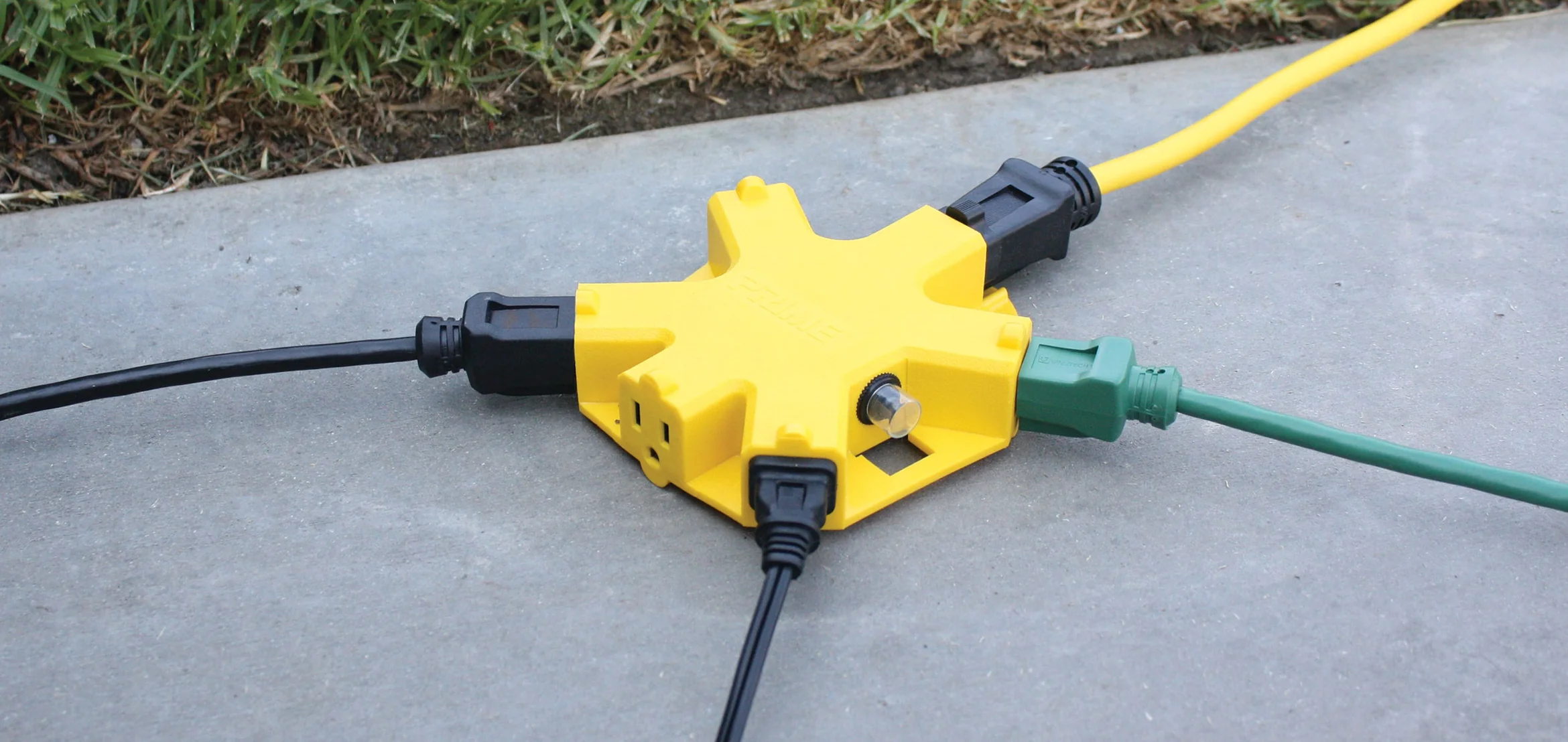
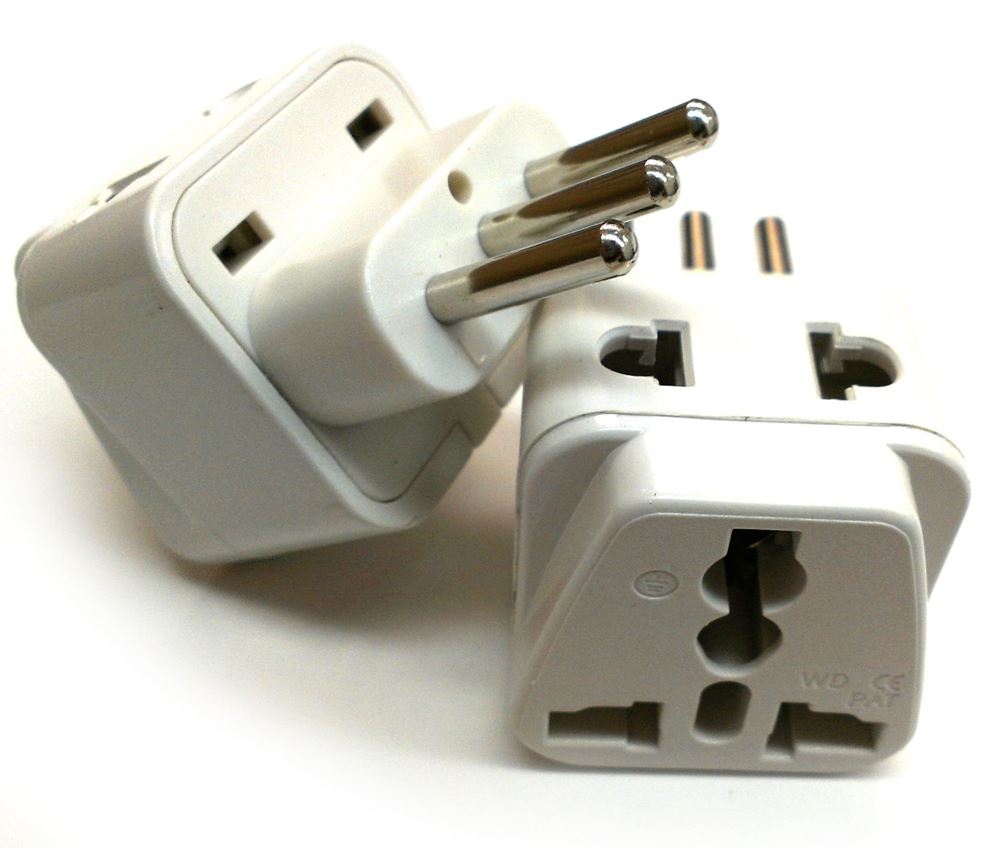
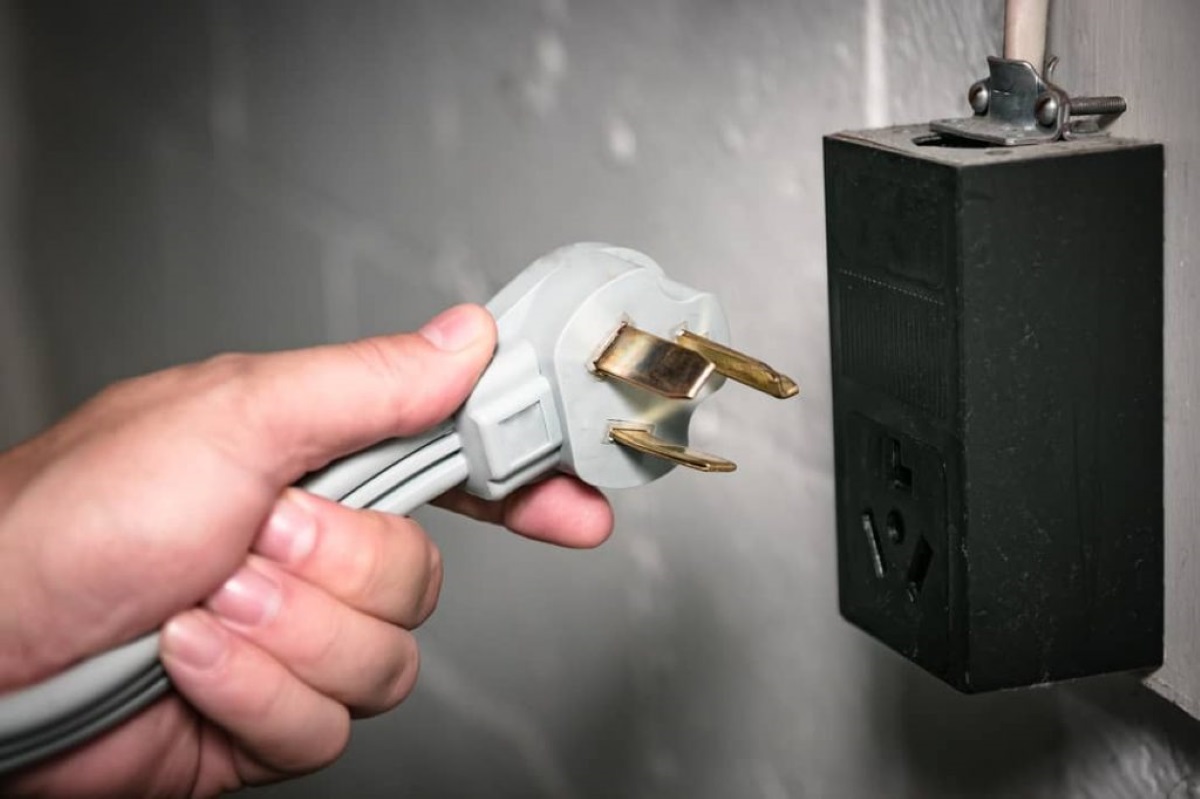
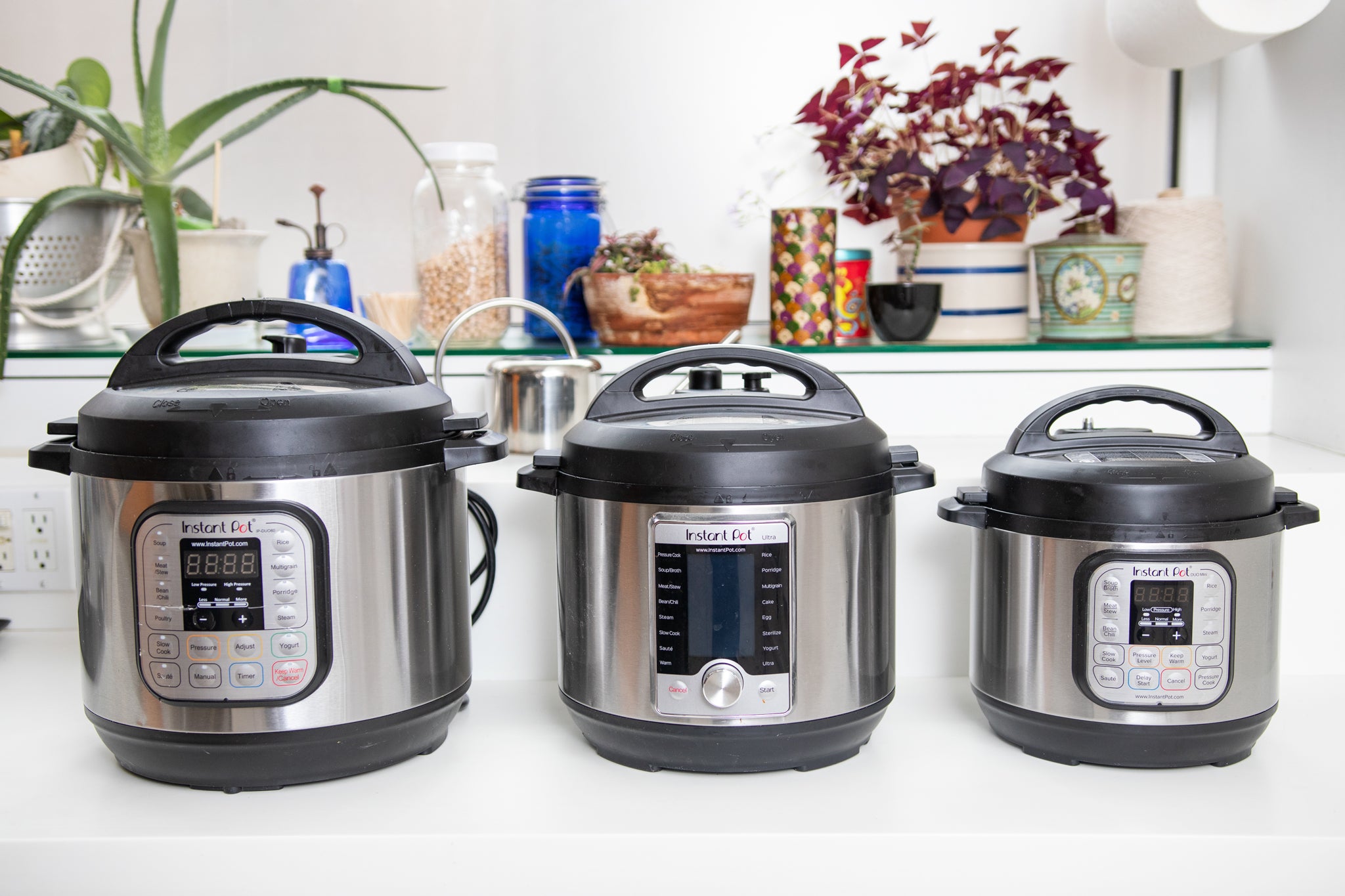
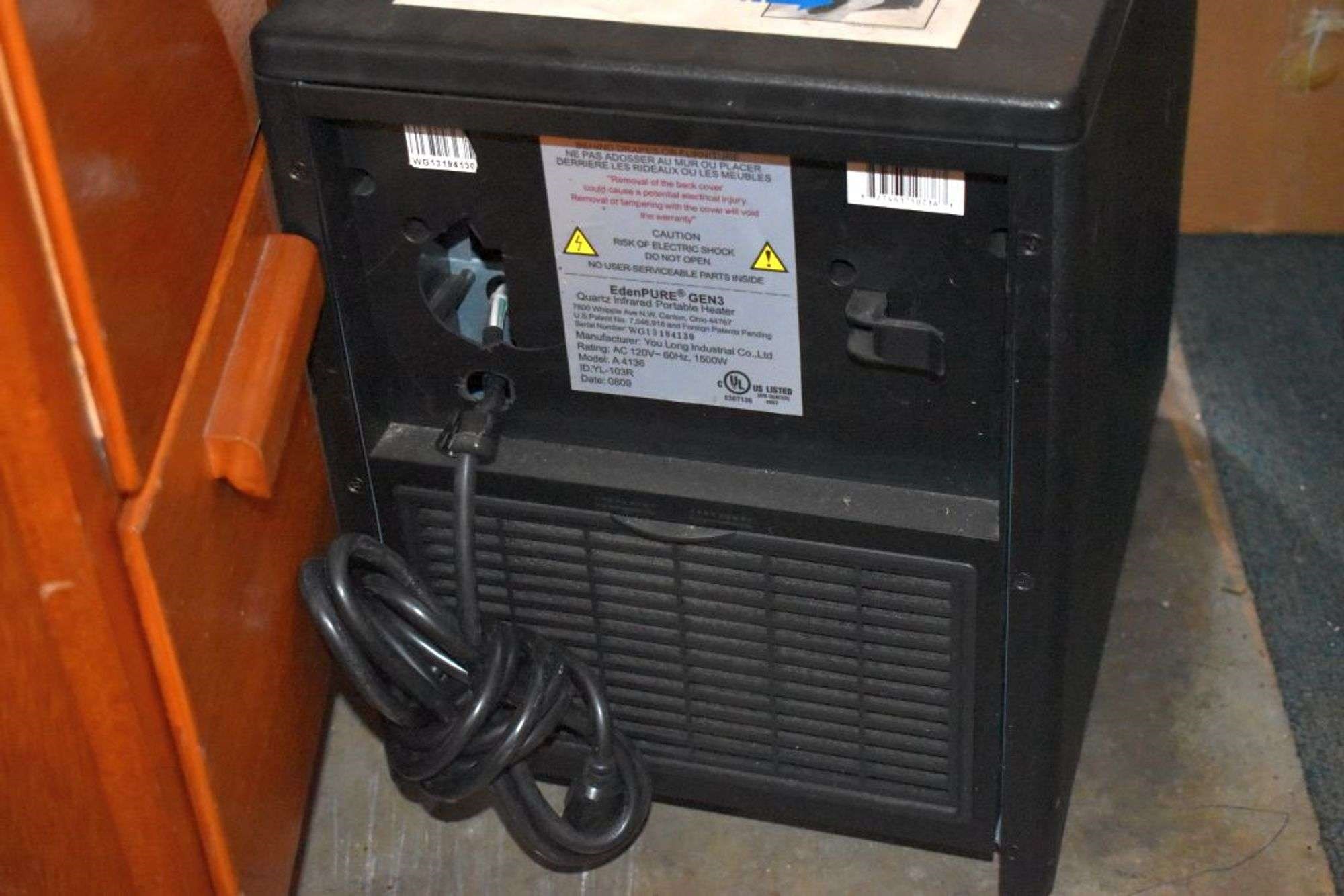
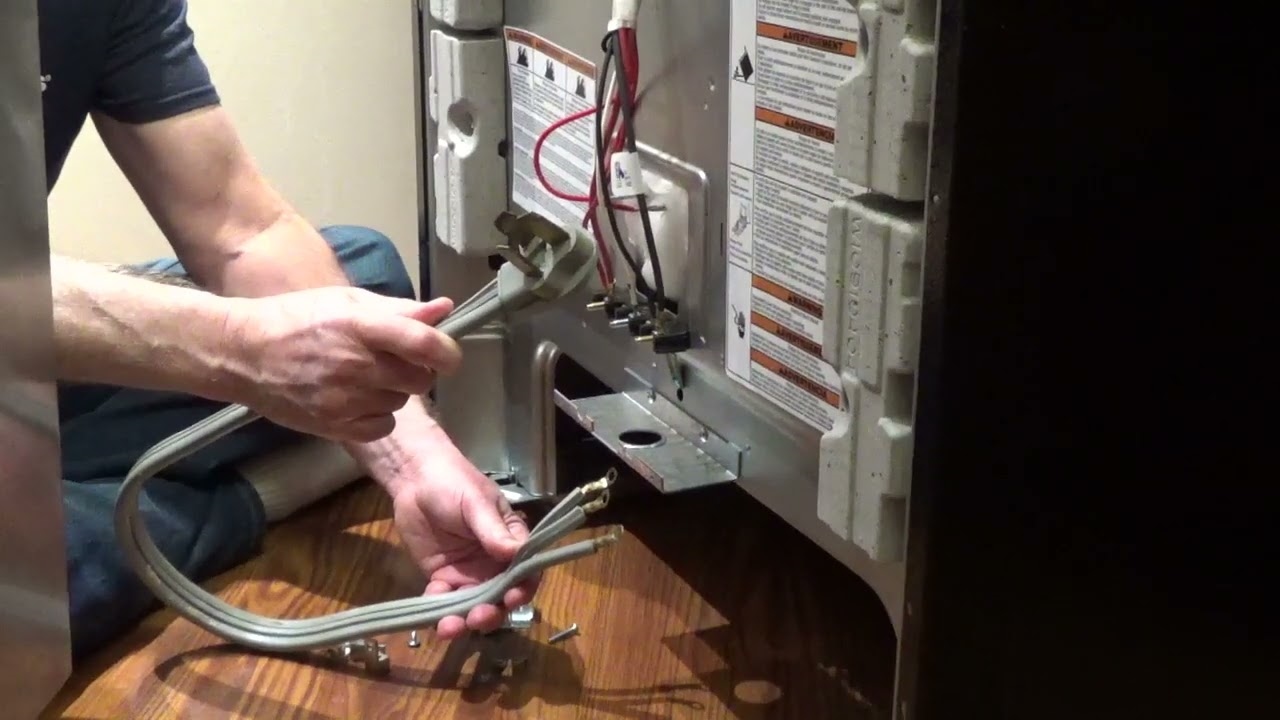
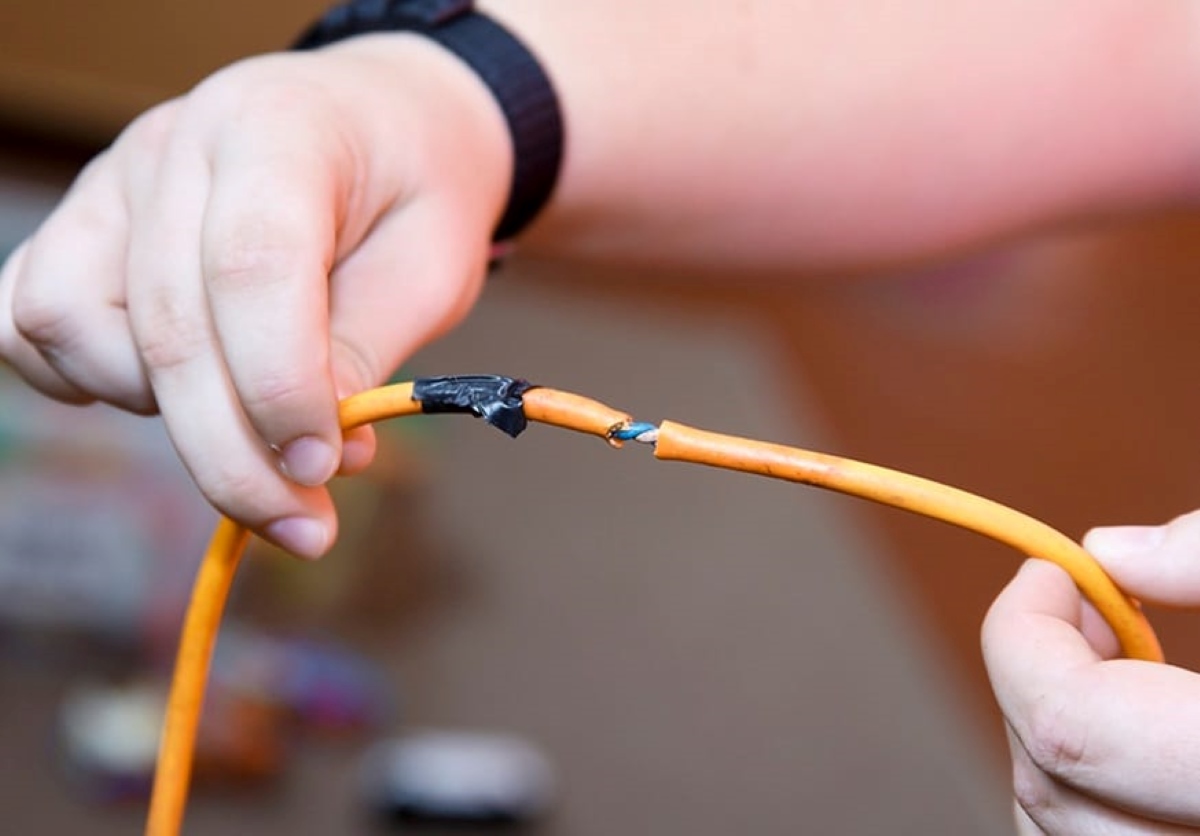
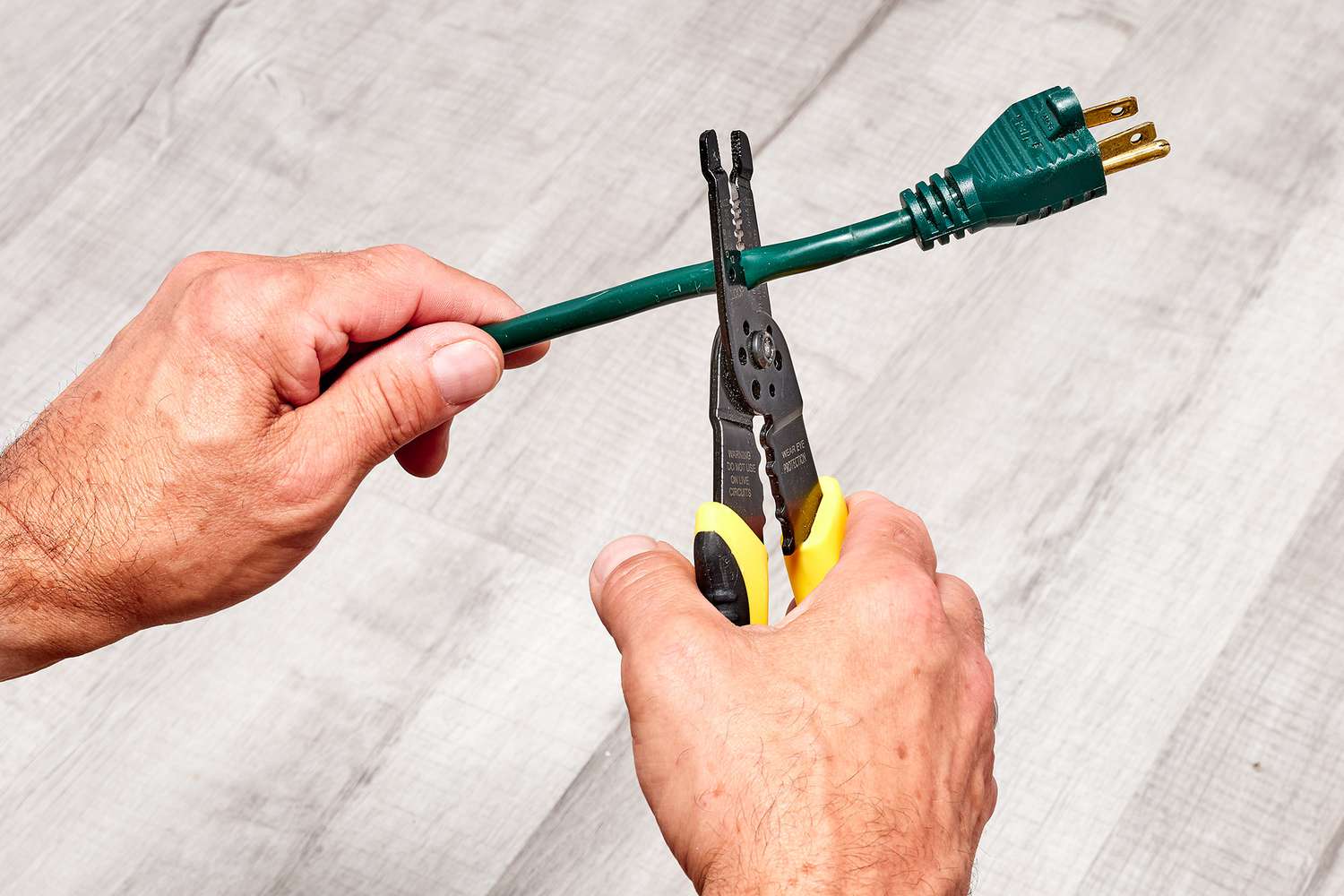
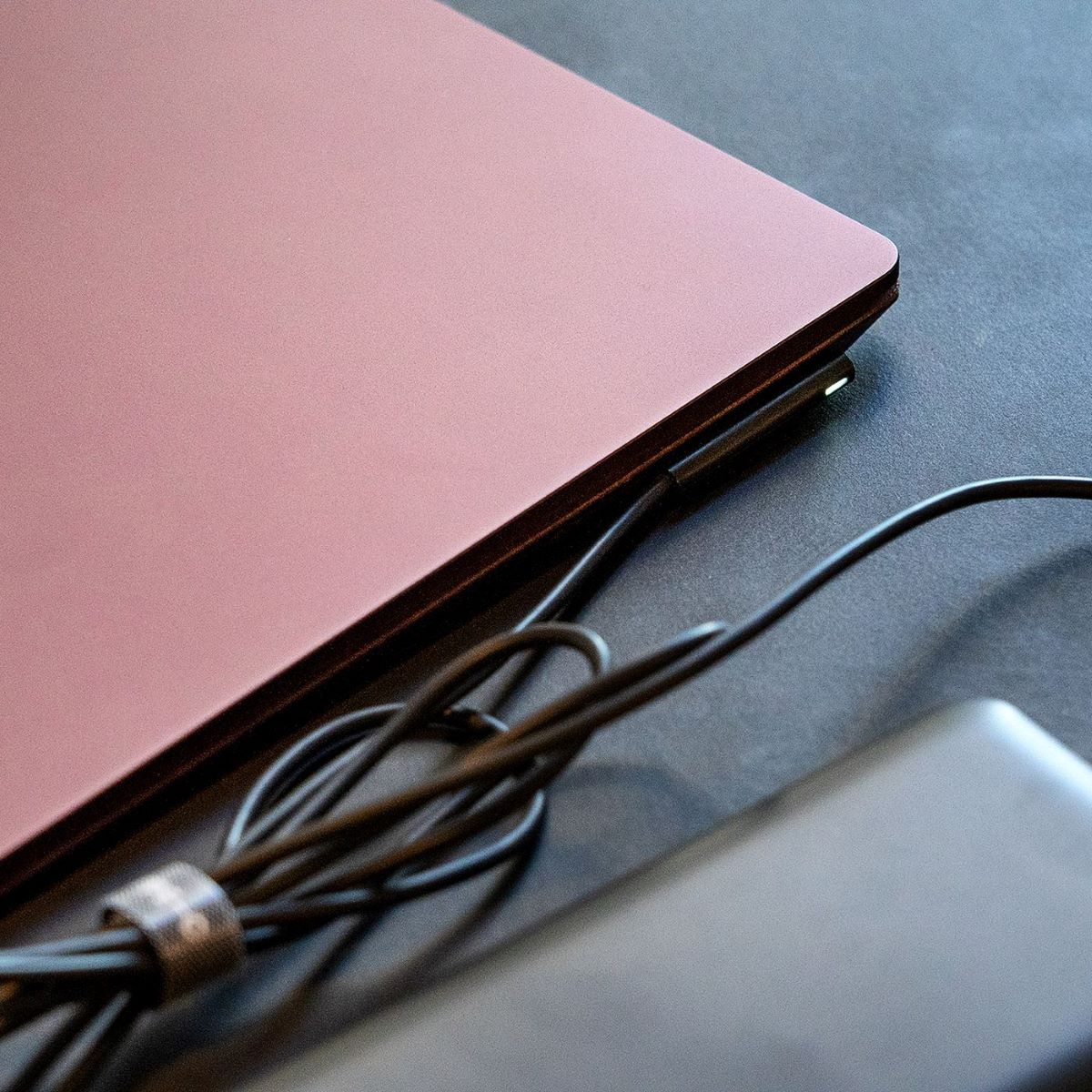
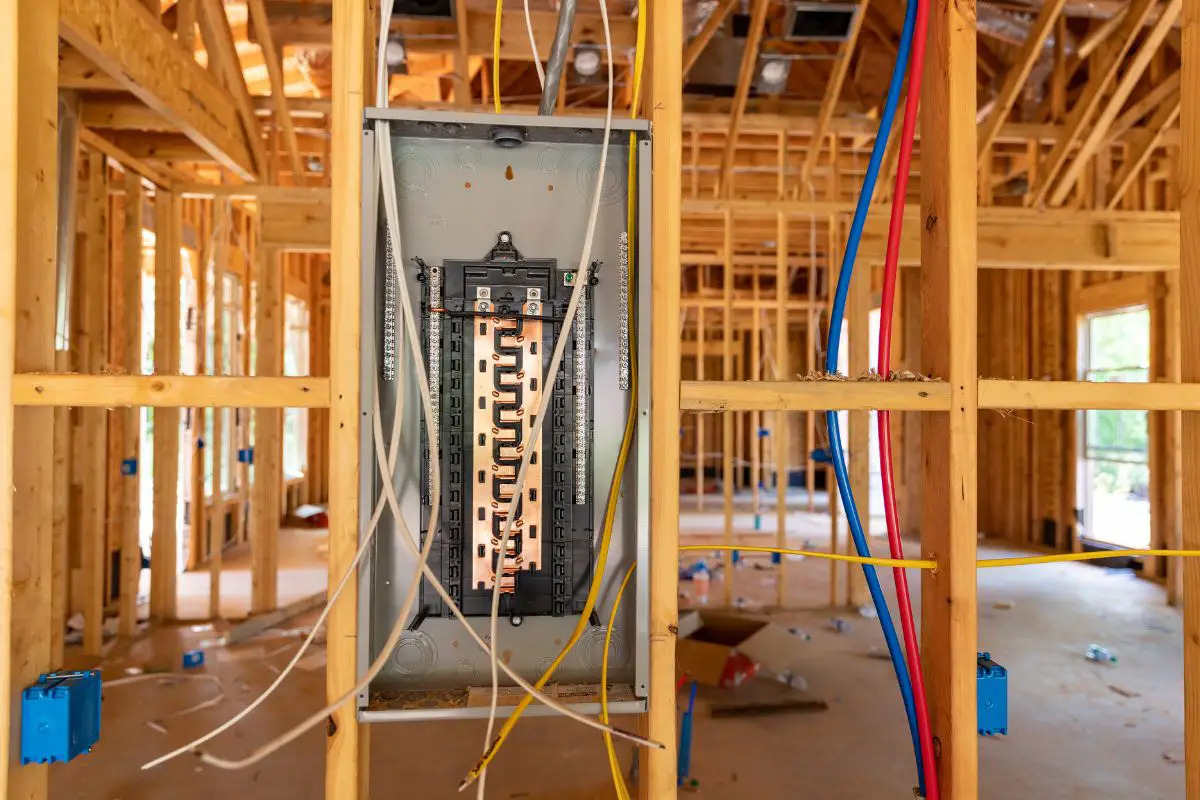
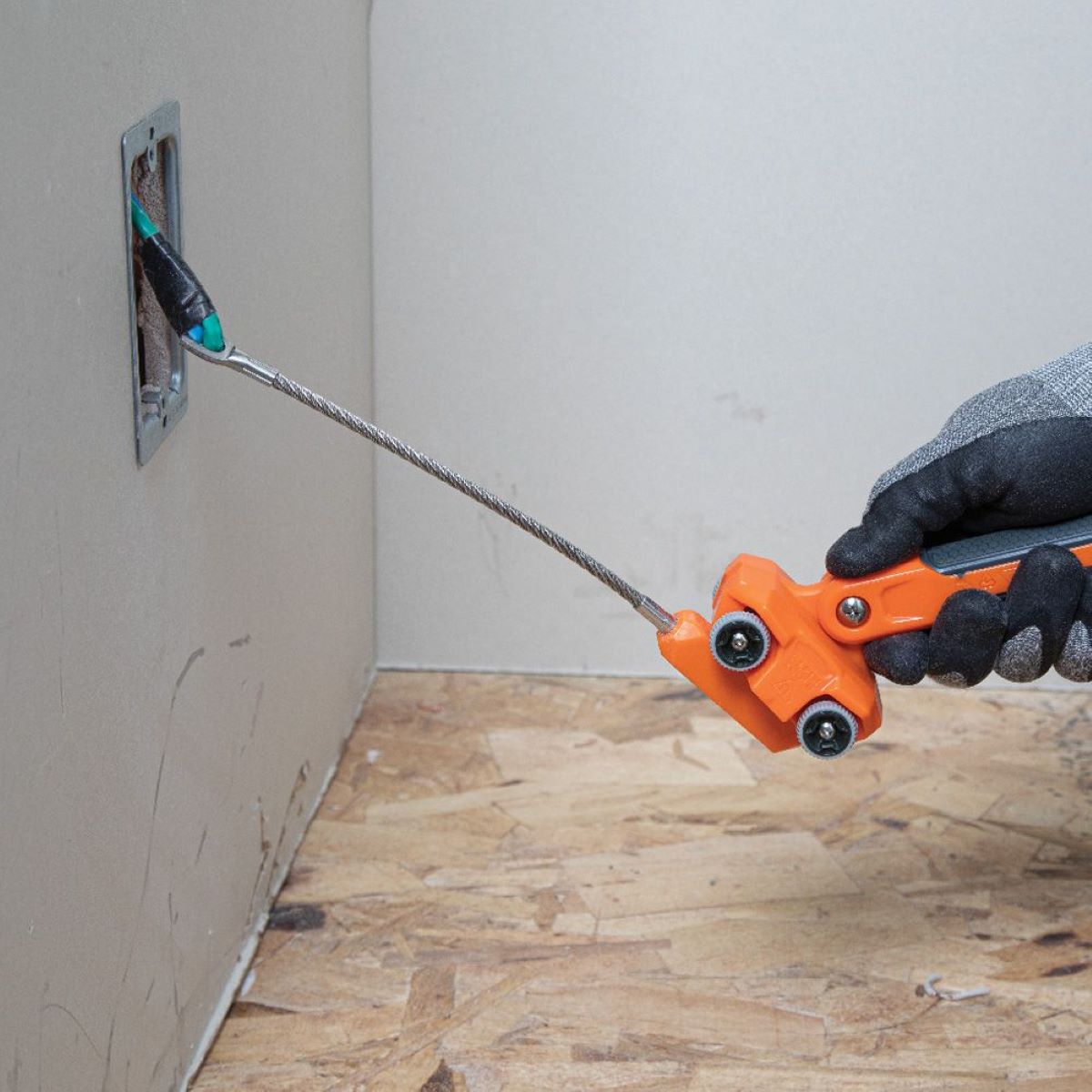
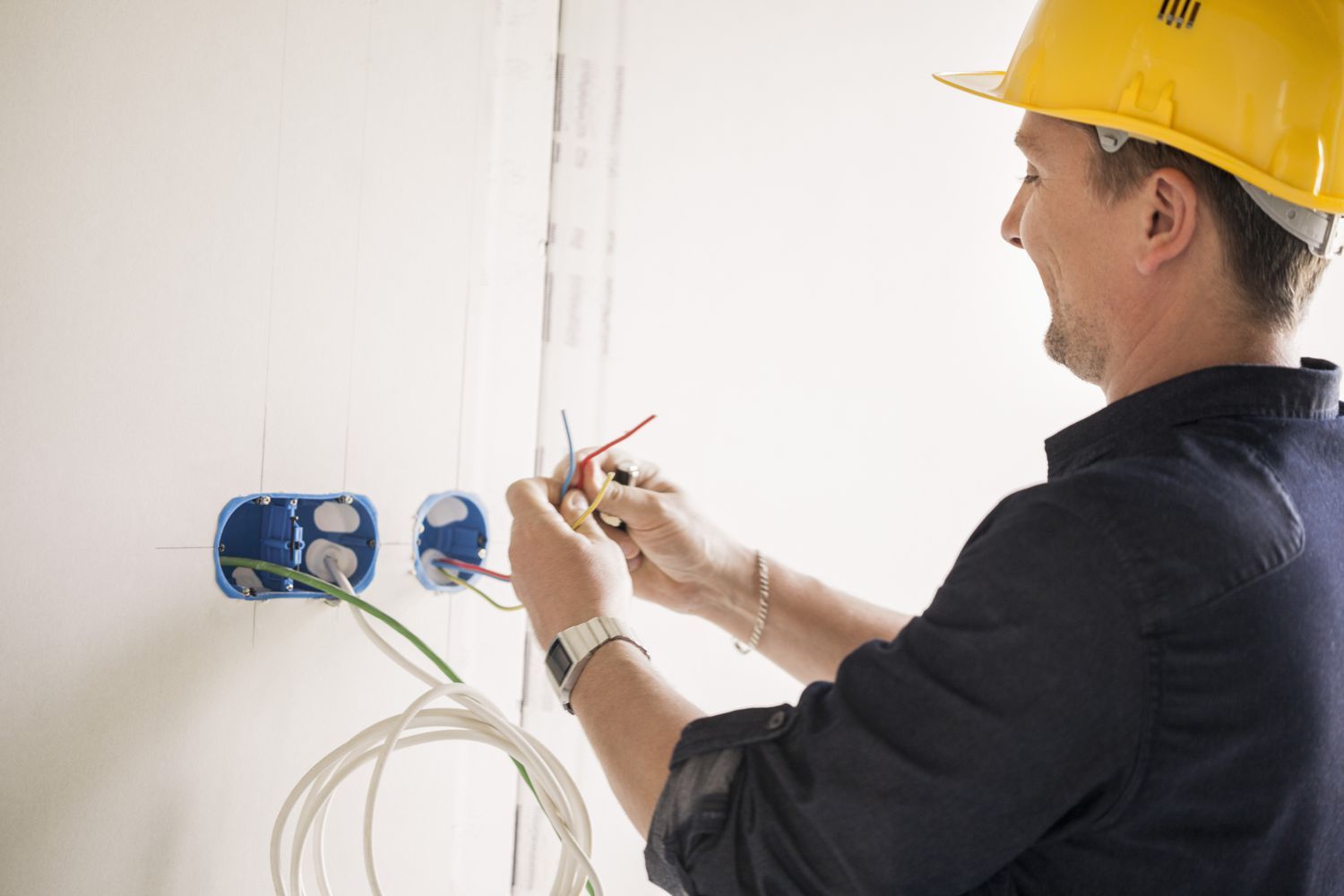
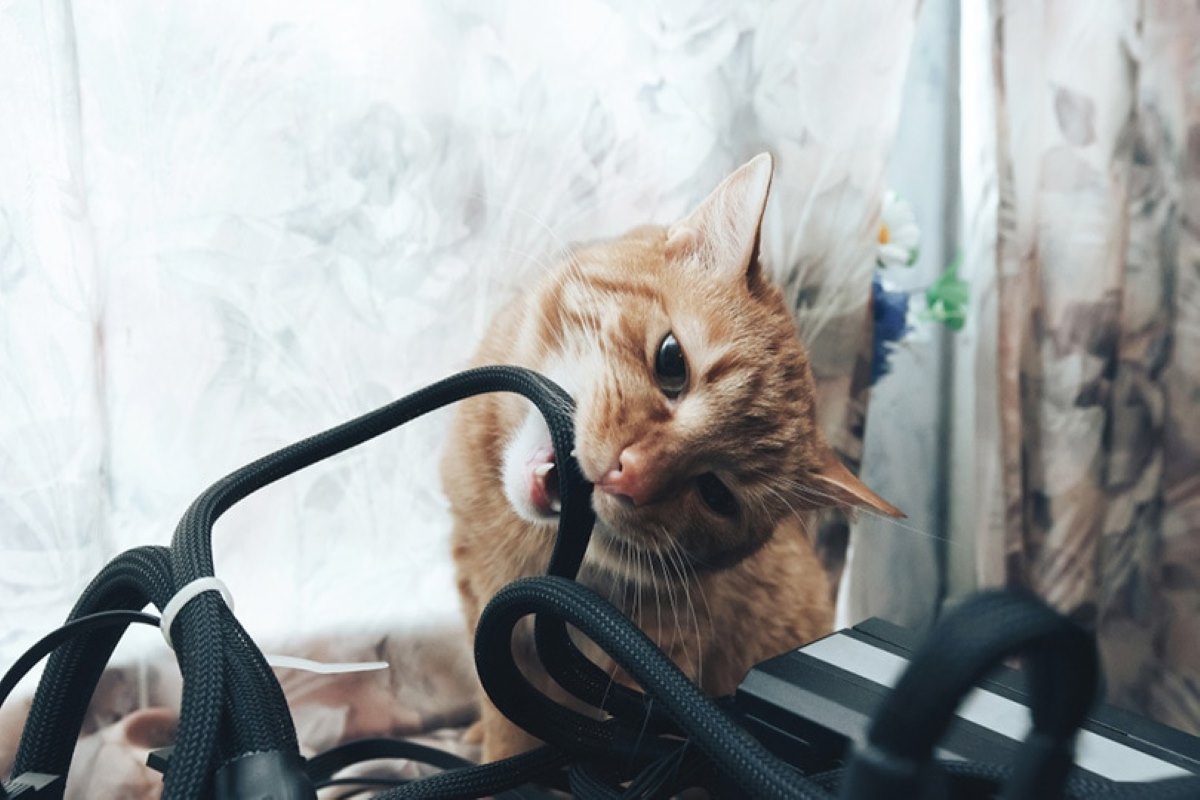

0 thoughts on “What Do I Need For An Electrical Cord ARK”